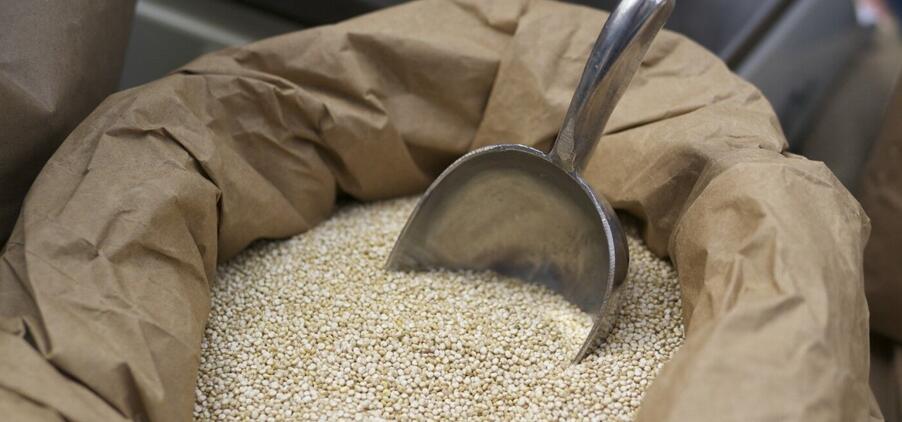
How Quinoa is Feeding the Hungry: Quinoa Genome, Saponin, and More
SEATTLE — Quinoa has gained popularity with more than just foodies over the years. Scientists have begun investigating the plant as a nutrient-rich superfood.
Quinoa is a flowering plant in the spinach and beet family that is considered a minor crop globally. Found from the Andes to the Northern Sahara and the Middle East, quinoa was first domesticated as asacred cropby the Incan people 3,000 to 5,000 years ago. They derived its importance from its ability to tolerate harsh and salty soil conditions, which allowed it to grow where rice and wheat cannot.
The Quinoa GenomeToday, scientists are discovering just how important the crop can be by investigating its genome. A team of scientists has mapped the quinoa genome to gain a greater understanding of how the superfood works its wonders. They hope this approach will allow them to modify and improve the crop at a much faster rate than in previous years.Scientists determined the sequence of DNA building blocks of the entirequinoa genome. Quinoa contains more than 1.3 million DNA building blocks divided over 18 chromosomes. To better grasp the vast extent of this information, if the genome was printed on paper, it would take up 500,000 pages.
To complete this task, scientists used a combination of various DNA sequencing techniques. They applied genetic maps made by cross-breeding plants to determine how offspring inherited molecular markers. They use these discoveries to look for mutations and ways to benefit both the farmer and consumer. The goal is to pinpoint the gene that regulates saponin.Saponin? No thanks!Saponin is a chemical compound that makes quinoa seeds bitter. This saponin limits cultivation, as harvesters must wash and dry the seeds to remove the bitter taste. With the knowledge that scientists now have about the quinoa genome, they can work more efficiently to select plants that do not produce the bitter saponin while breeding. Pinpointing this gene and learning to control saponin production could be a solution to hunger.The varieties in the gene-directed mutation have already proven regionally valuable.
In South America, the seeds can be made sweet with one specific mutation. Researchers in Saudi Arabia, where growing conditions are difficult, created a genetic maps showing the gene that regulates saponin production. These gene maps can provide information on grain yield, maturity, resistance to diseases, frost and drought.Once there are definite methods for regulating saponin, costs ofmass producing quinoacould become comparable to the mass production of wheat.
The hope is strong that quinoa will become a major player in lifting the world out of hunger.


















